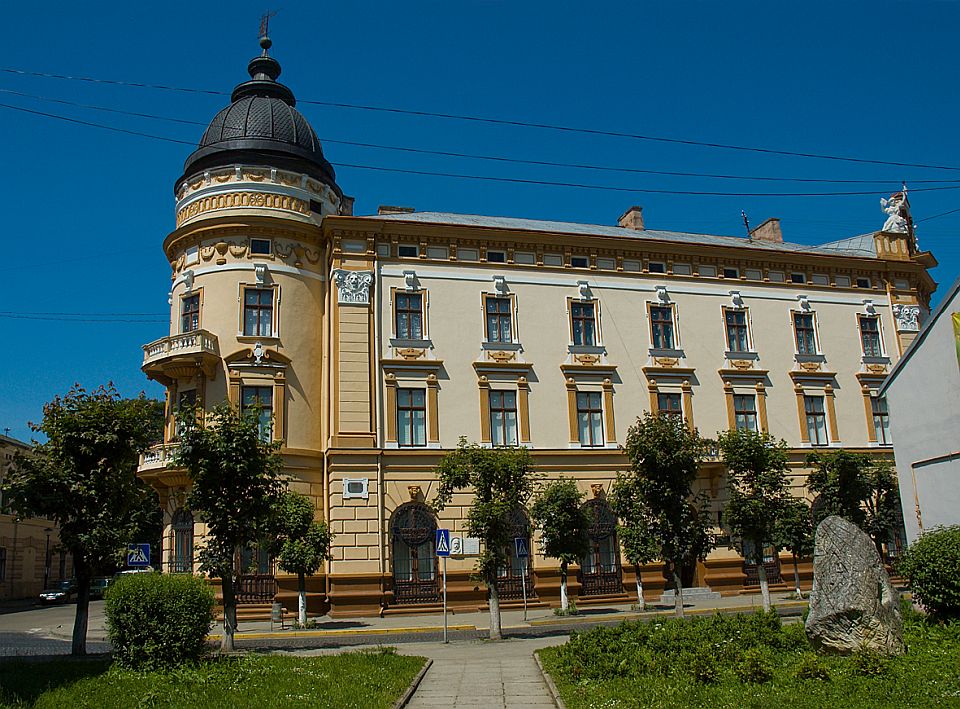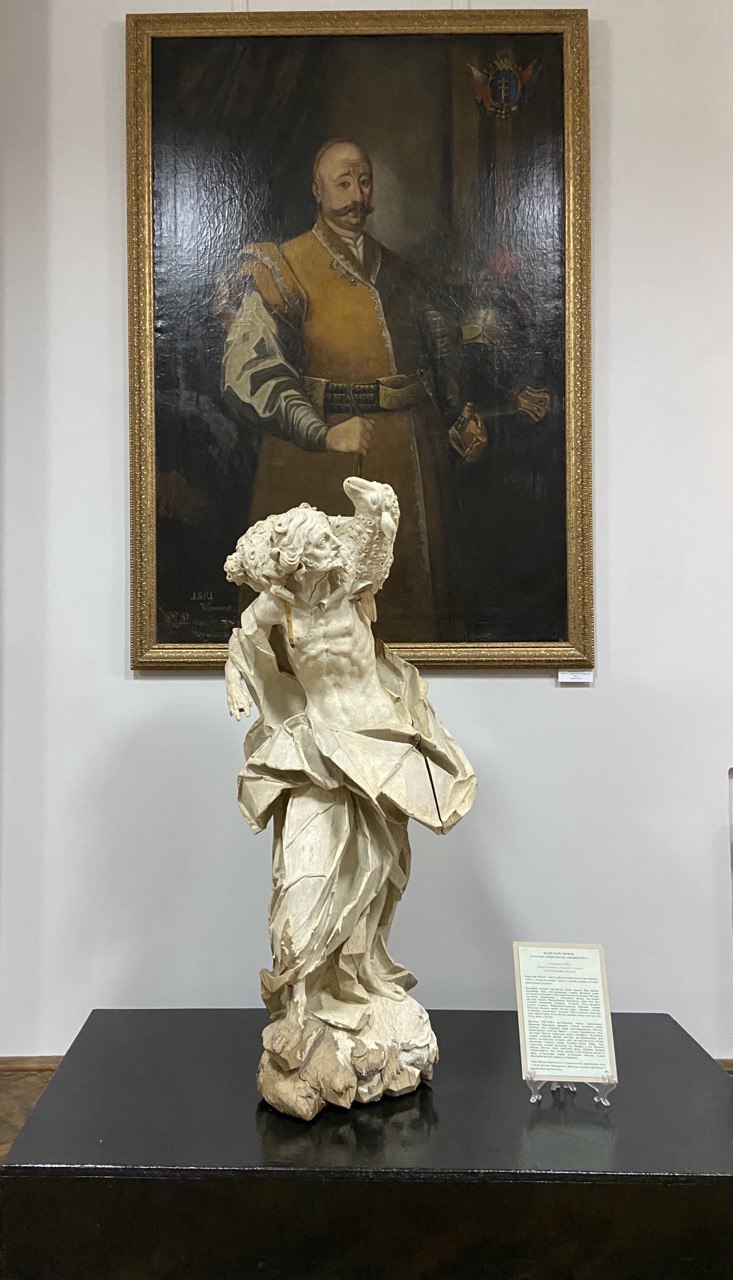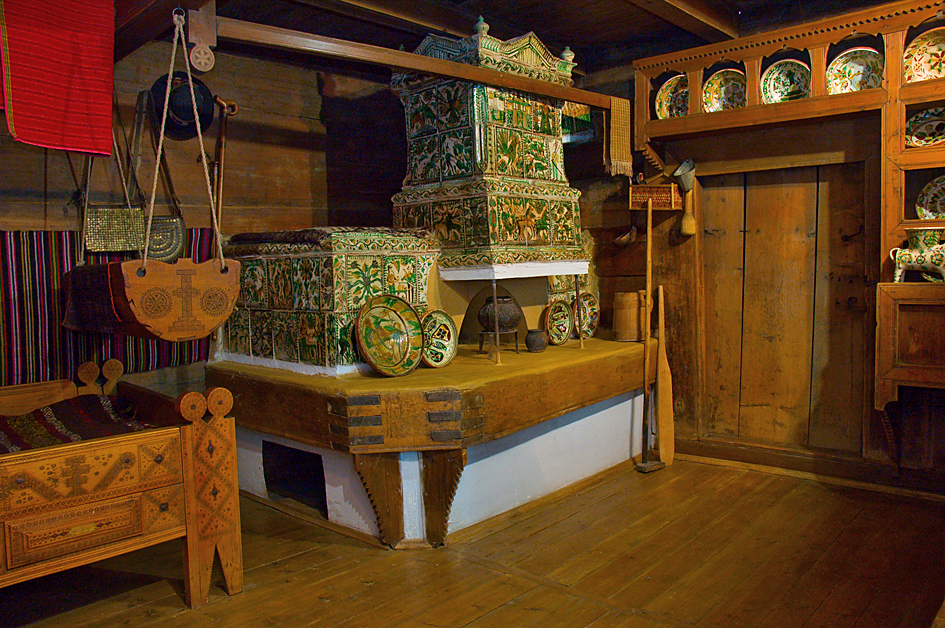
THE YOSAPHAT KOBRYNSKYI NATIONAL MUSEUM OF HUTSULSHCHYNA AND POKUTTIA FOLK ART
The National Museum of Hutsulshchyna and Pokuttya Folk Art named after Y. Kobrynskyi is a modern scientific and artistic institution that holds a leading position among Ukrainian and international institutions dedicated to the study, preservation, and promotion of traditional folk art. The museum was founded in 1926 by the Ukrainian community and now houses over 50,000 unique artifacts of folk art. Some exhibits belong to the archaeological group of the Trypillian culture period and are invaluable relics proving the existence of the Ukrainian nation thousands of years ago.
The museum's collection features all types of traditional folk art of the Hutsuls and Pokuttyans from the 17th century to the present day: artistic wood processing, artistic metal and leather processing, pottery, decorative weaving, carpet weaving, embroidery, clothing and accessories, and pysanka (decorated eggs). The collection of sacred and fine arts, sculptural plastics, and artifacts from the material, written, and photo departments are particularly valuable for their scientific and artistic worth.
In addition to traditional folk culture, the museum hosts a permanent exhibition of sacred and fine arts, a fragment of the exterior of a Hutsul house, and the interior courtyard of a typical Hutsul household. An important part of the exhibition is the memorial room dedicated to the public and political figure and writer Andriy Chaikovskyi, whose political and literary legacy was banned during the Soviet era.
Each year, the museum and its branches – the Pysanka Museum, the Kosiv Museum of Folk Art and Life of Hutsulshchyna, the Yaremche Museum of Ethnography and Ecology of the Carpathian Region, and the Shukhevych Family Estate Museum – are visited by over 250,000 tourists from more than 46 countries worldwide.
https://hutsul.museum/






